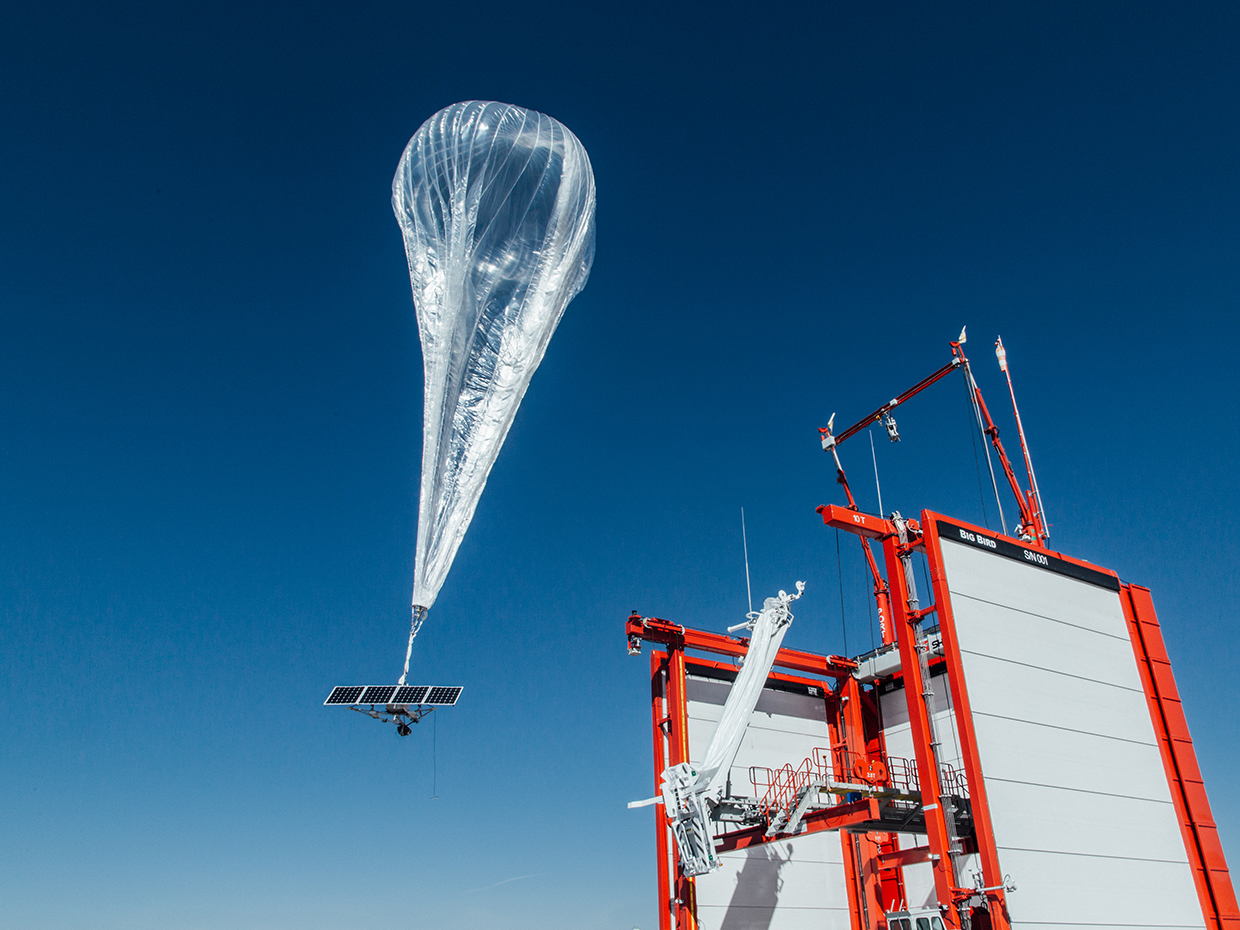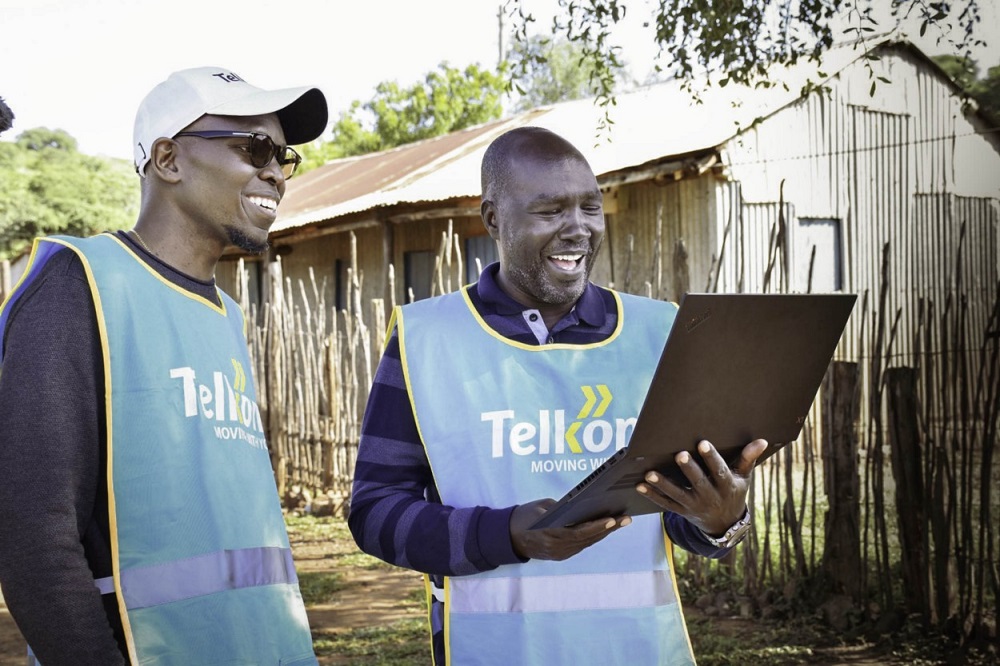
Loon, the Alphabet company that is planning to launch balloon-powered internet connectivity in Kenya next year, has successfully sent a test internet connection 1,000 kilometers across seven balloons. That represents a distance that would span the entire of Kenya from the port city of Mombasa to the Kenya-Uganda border.
The test, which was carried out in the U.S. last month (August), marks a positive step towards the rollout of service next year in partnership with Telkom Kenya. This was just a few weeks before the team attained another milestone by sending a single connection across two balloons 600km apart – the longest single link to date.
“For a long time, a fundamental constraint of connectivity has been proximity, or a lack thereof, to where the internet is now. Loon is working to change this reality by making the internet reach further. With billions of people lacking connectivity, there’s a lot of ground to cover. As we prepare to launch commercial service starting in 2019, our ability to make connections across more balloons and longer distances will be a key enabler of our efforts to connect people everywhere.” Salvatore Candido, Loon’s Head of Engineering, said in a blog post.
This comes just two months after Loon announced that it was partnering with Telkom Kenya to provide balloon-powered internet in some unconnected and under-connected parts of Kenya.
By sending a connection across multiple balloons, Loon is not simply extending the signal to the last balloon in the line to serve users under its position. Each balloon in the network is capable of passing a connection along while simultaneously transmitting it to users on the ground. This means that instead of one balloon utilizing one ground-based connection point to serve users, that same connection point can be used to power multiple balloons, all of which can transmit service to people below.
Combined with the Loon system’s larger coverage area – between 20 to 30 times greater than a traditional ground-based system – this will allow Loon to connect more people without having to build lots of new ground infrastructure – a key obstacle to providing connectivity to those in underserved areas.



